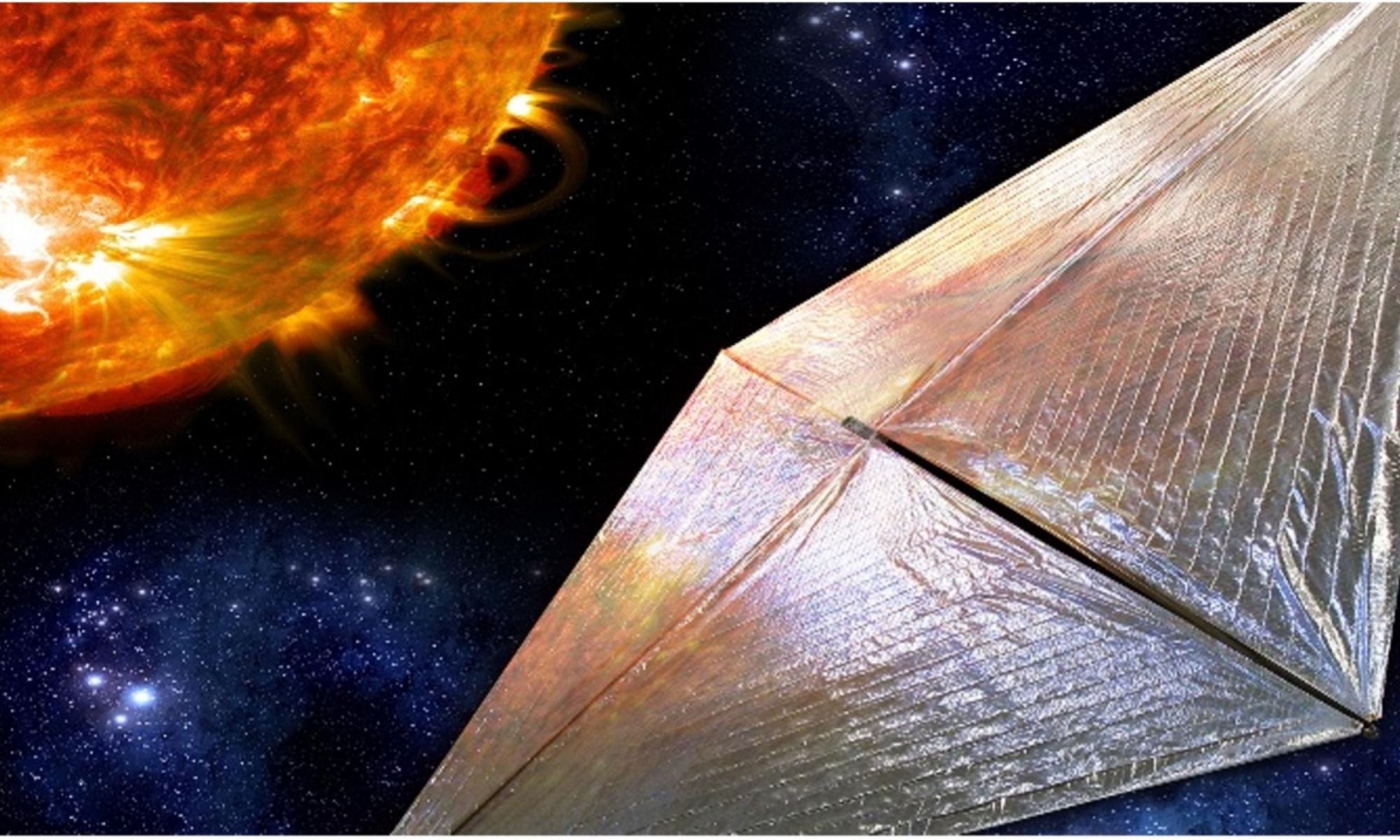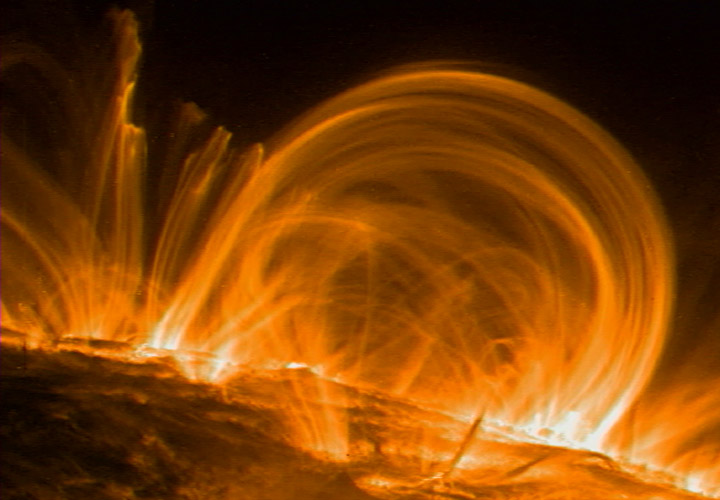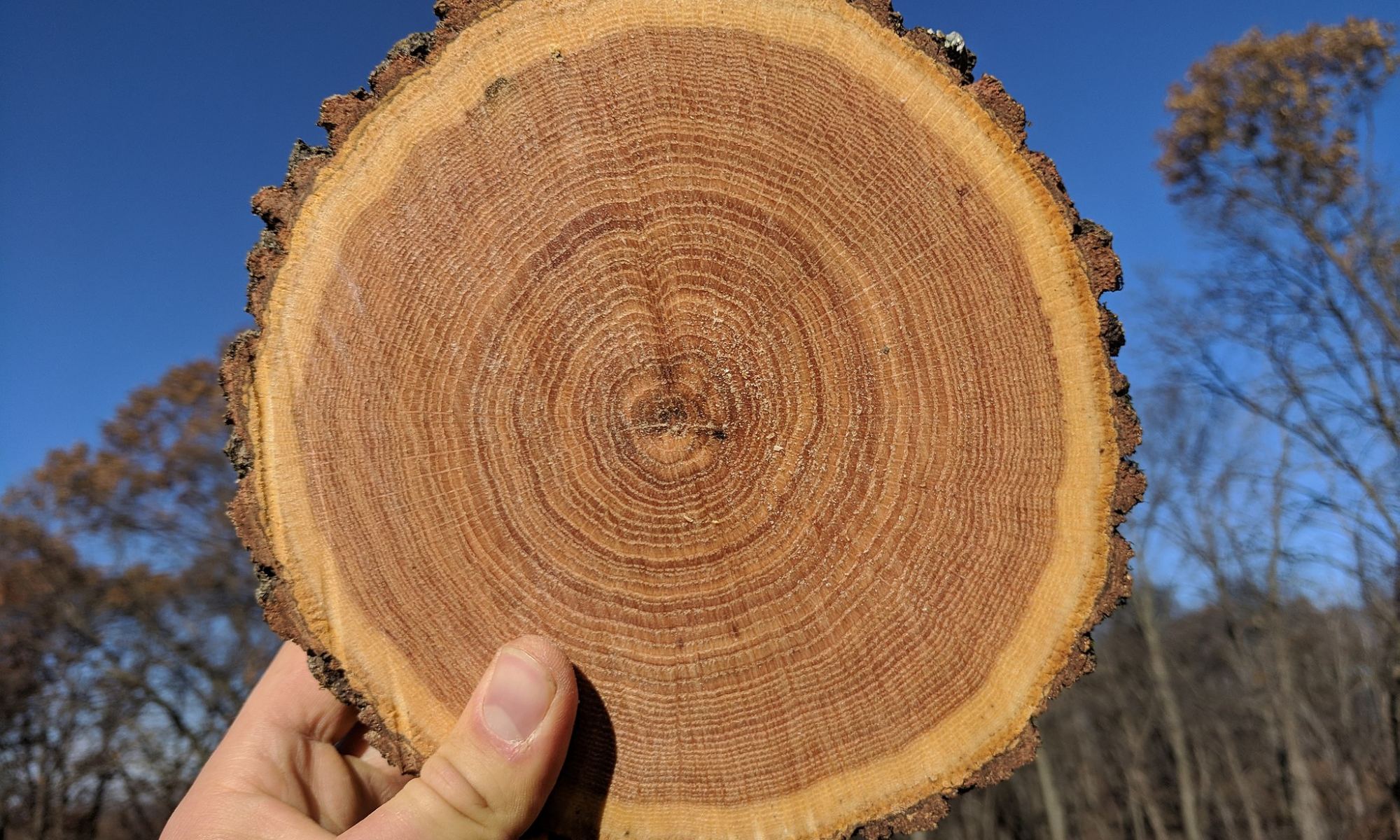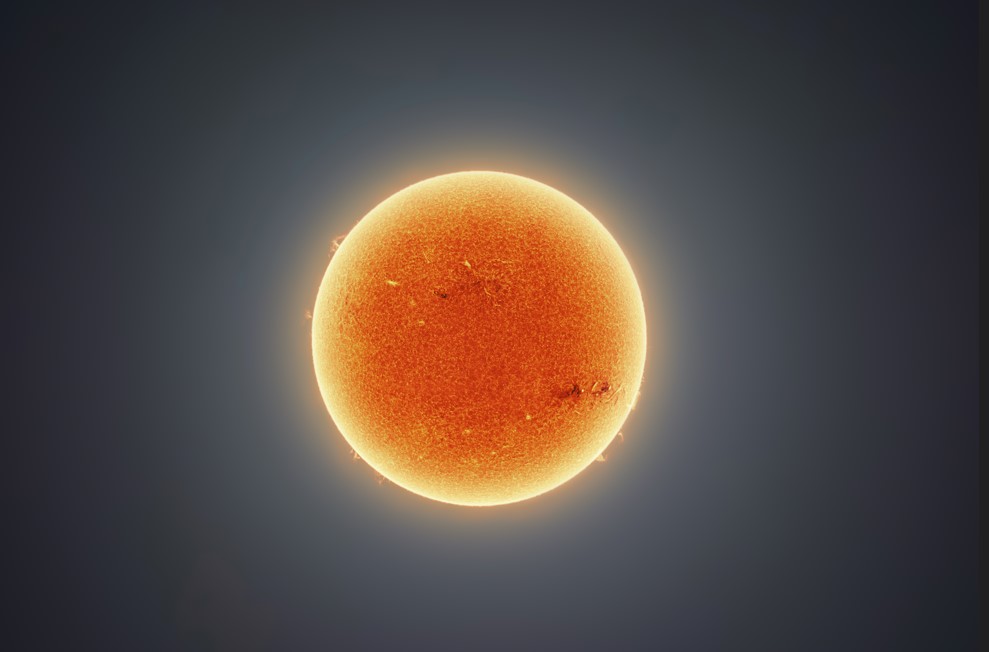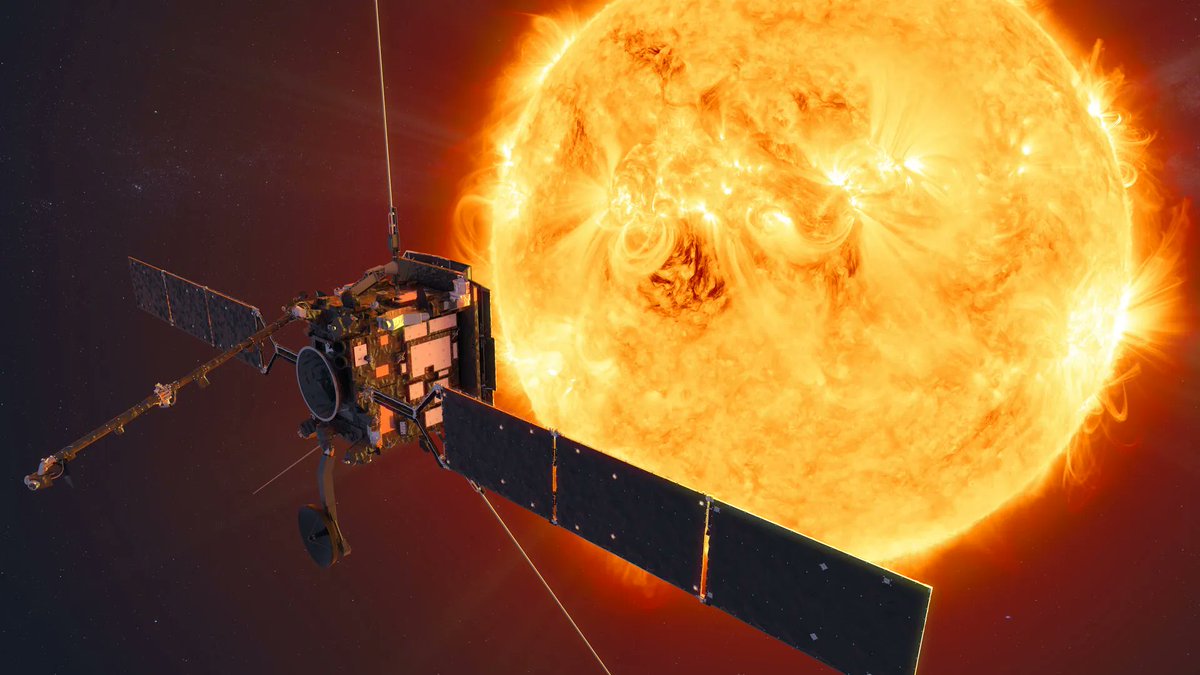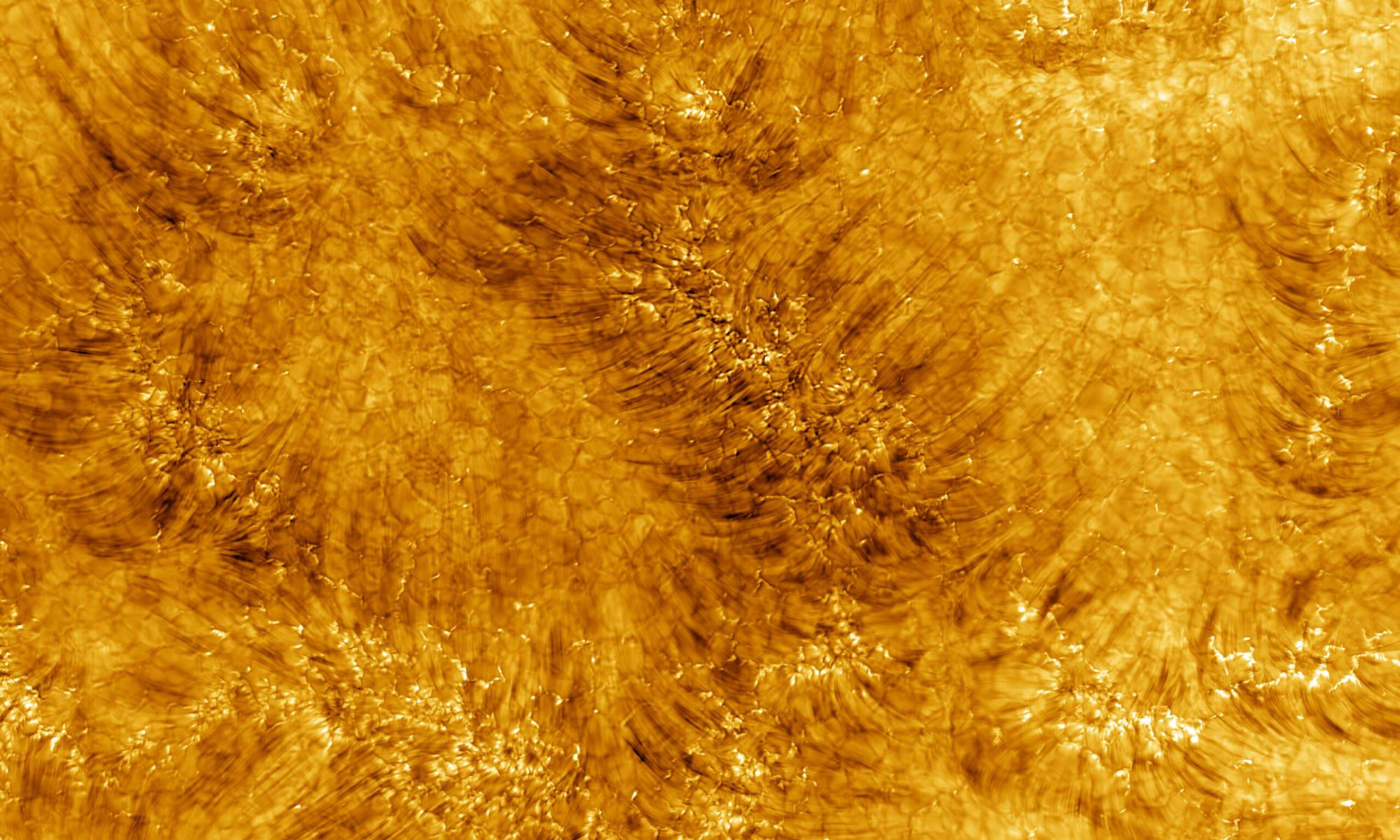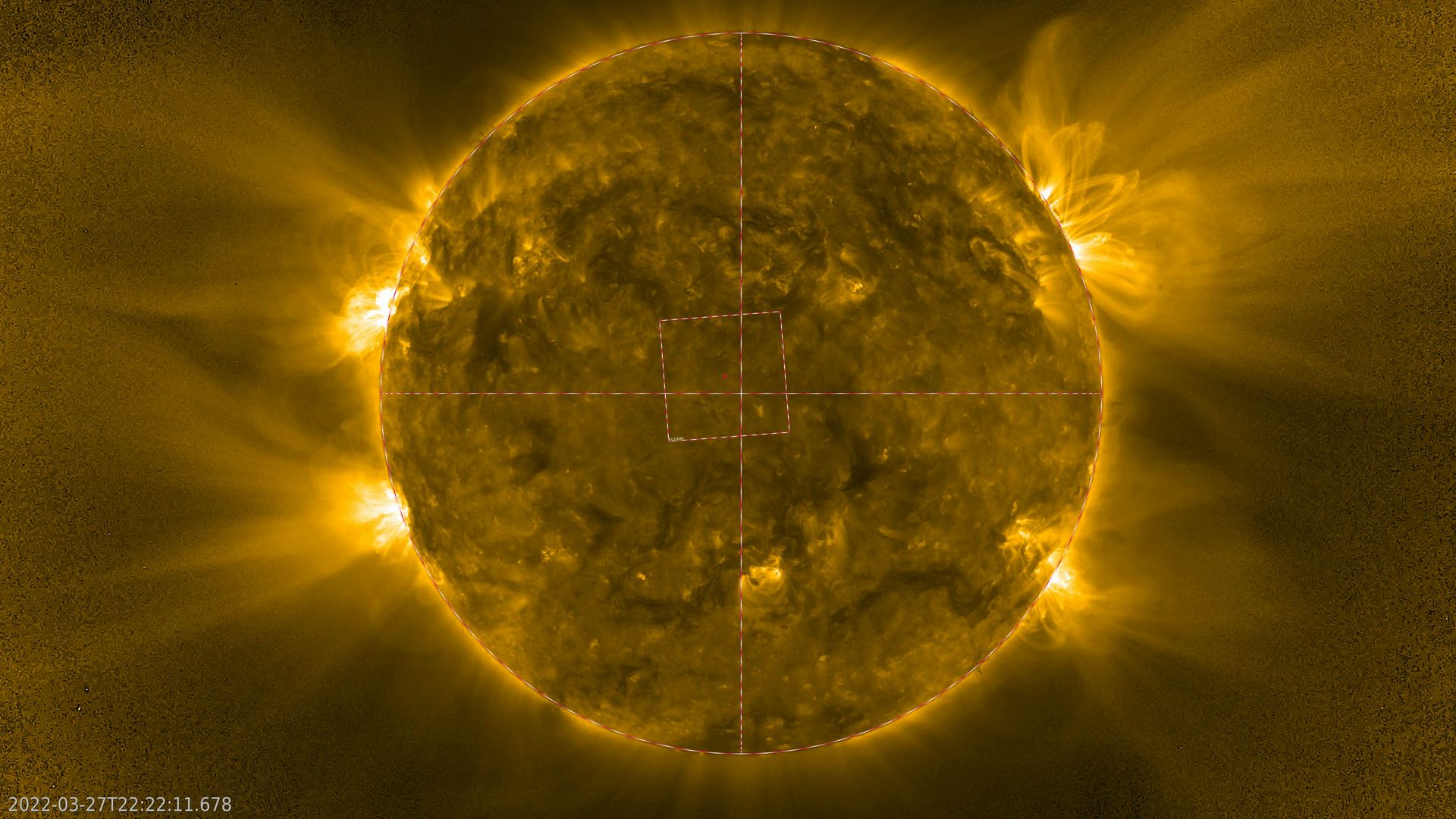A team led by NASA’s Marshall Space Flight Center (MSFC) was recently selected to develop a solar sail spacecraft that would launch sometime in 2025. Known as the Solar Cruiser, this mission of opportunity measures 1653 m2 (~17790 ft2) in area and is about the same thickness as a human hair. Sponsored by the Science Mission Directorate’s (SMD) Heliophysics Division, this technology demonstrator will integrate several new solar sail technologies developed by various organizations to mature solar sail technology for future missions.
In a recent video released by NASA, we see engineers and industry partners at the MSFC in Huntsville, Alabama, unfurling a segment of the prototype solar sail. The video, taken on October 13th, shows how the teams used two 30.5 m (100-foot) lightweight composite booms to unfurl a 400 m2 (4,300 ft2) quadrant of the solar sail prototype for the first time. Once realized, the Solar Cruiser demonstrator will validate technologies that enable future missions to study the Sun, its interaction with Earth, and its extended atmosphere (aka. heliosphere).
Continue reading “NASA Tests a Solar Sail Segment of its Enormous Solar Cruiser Mission”
